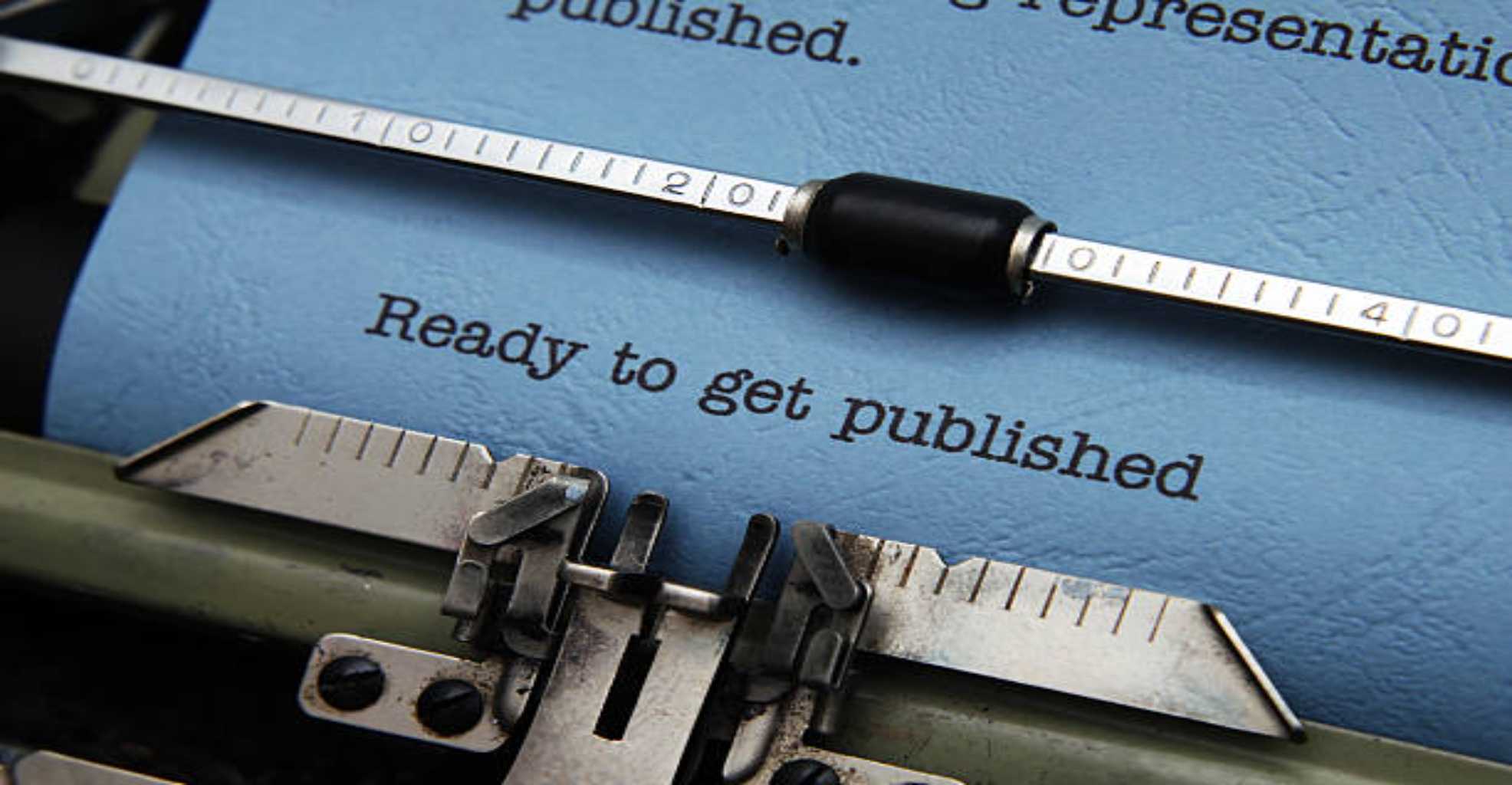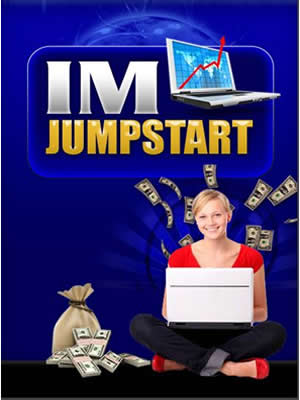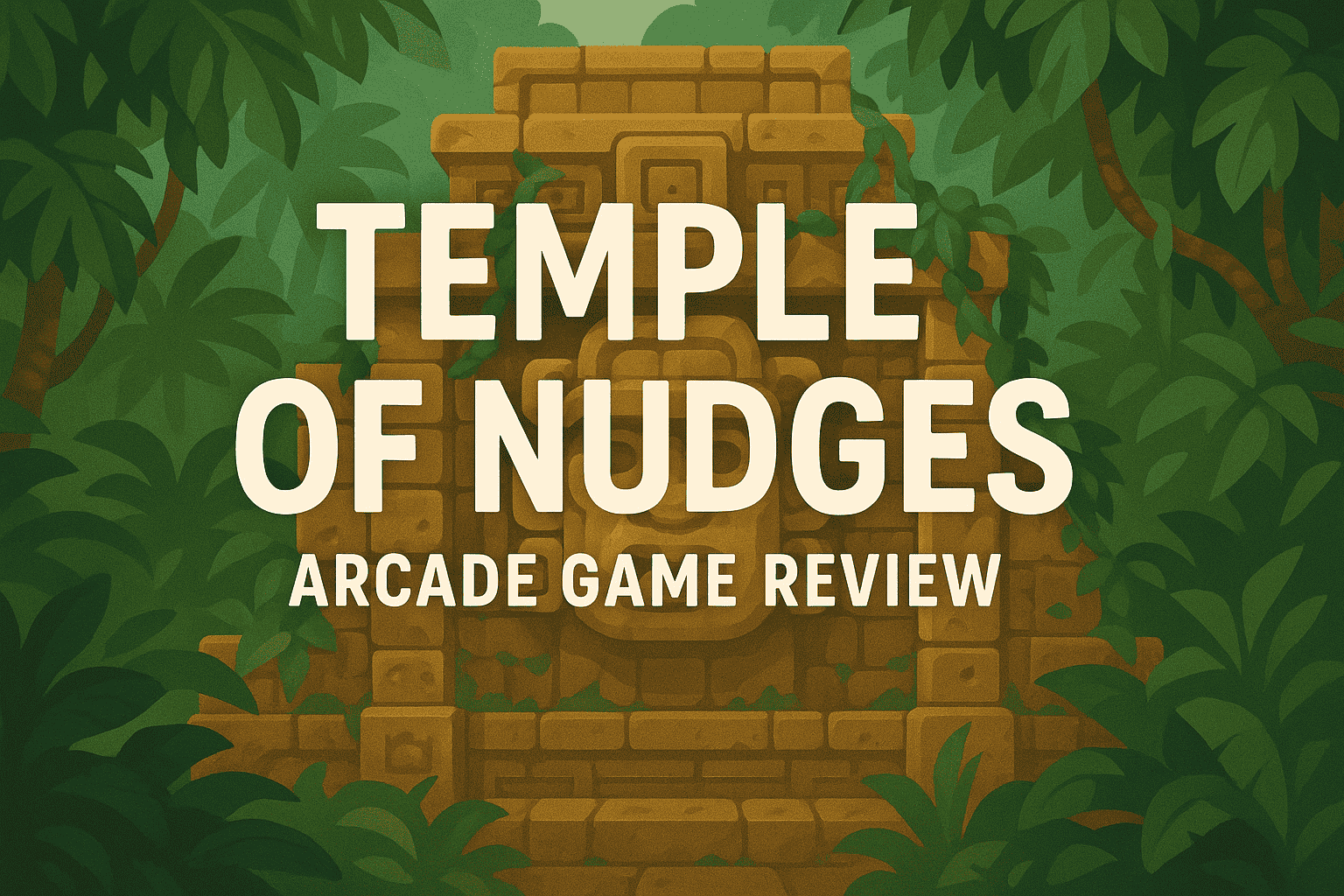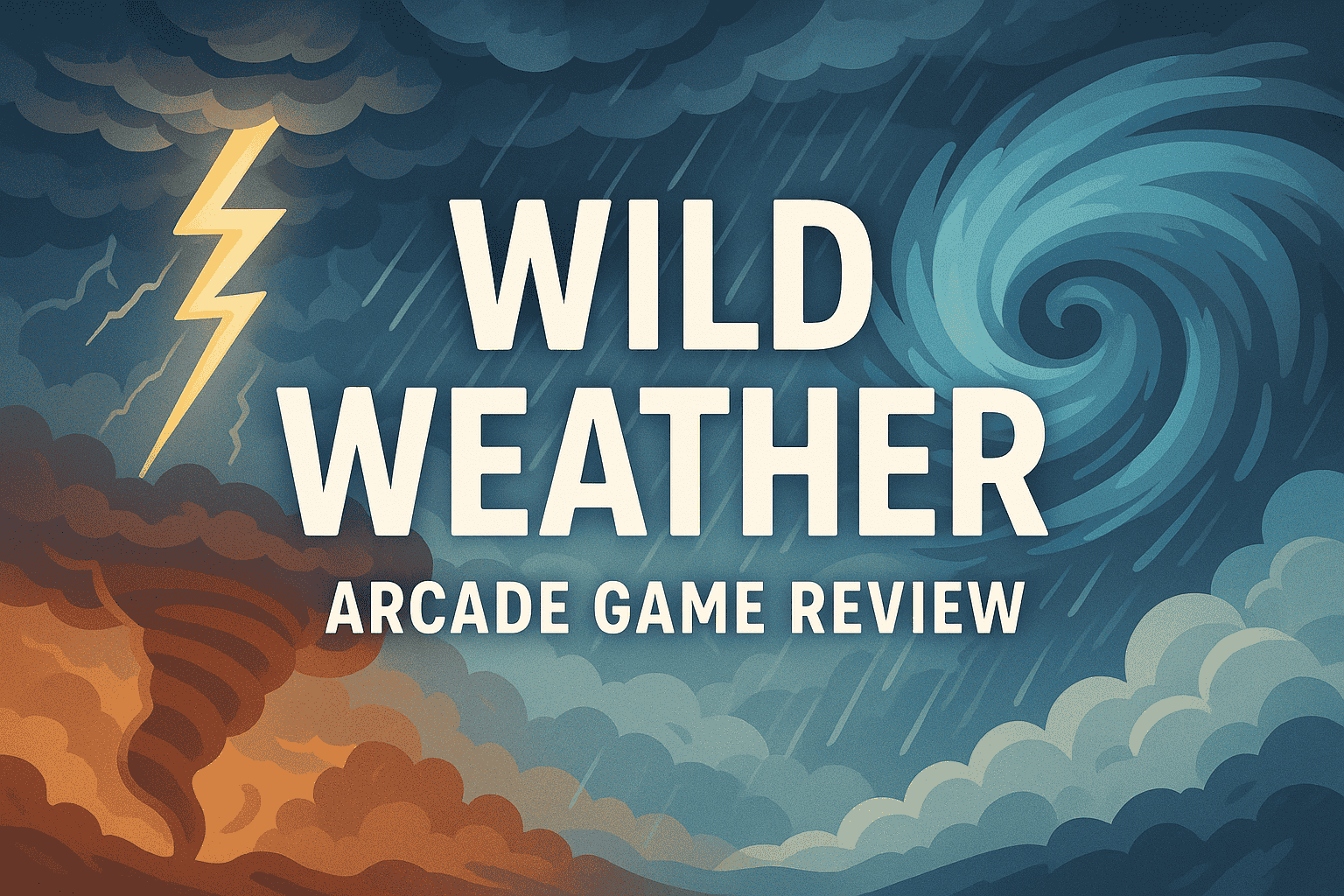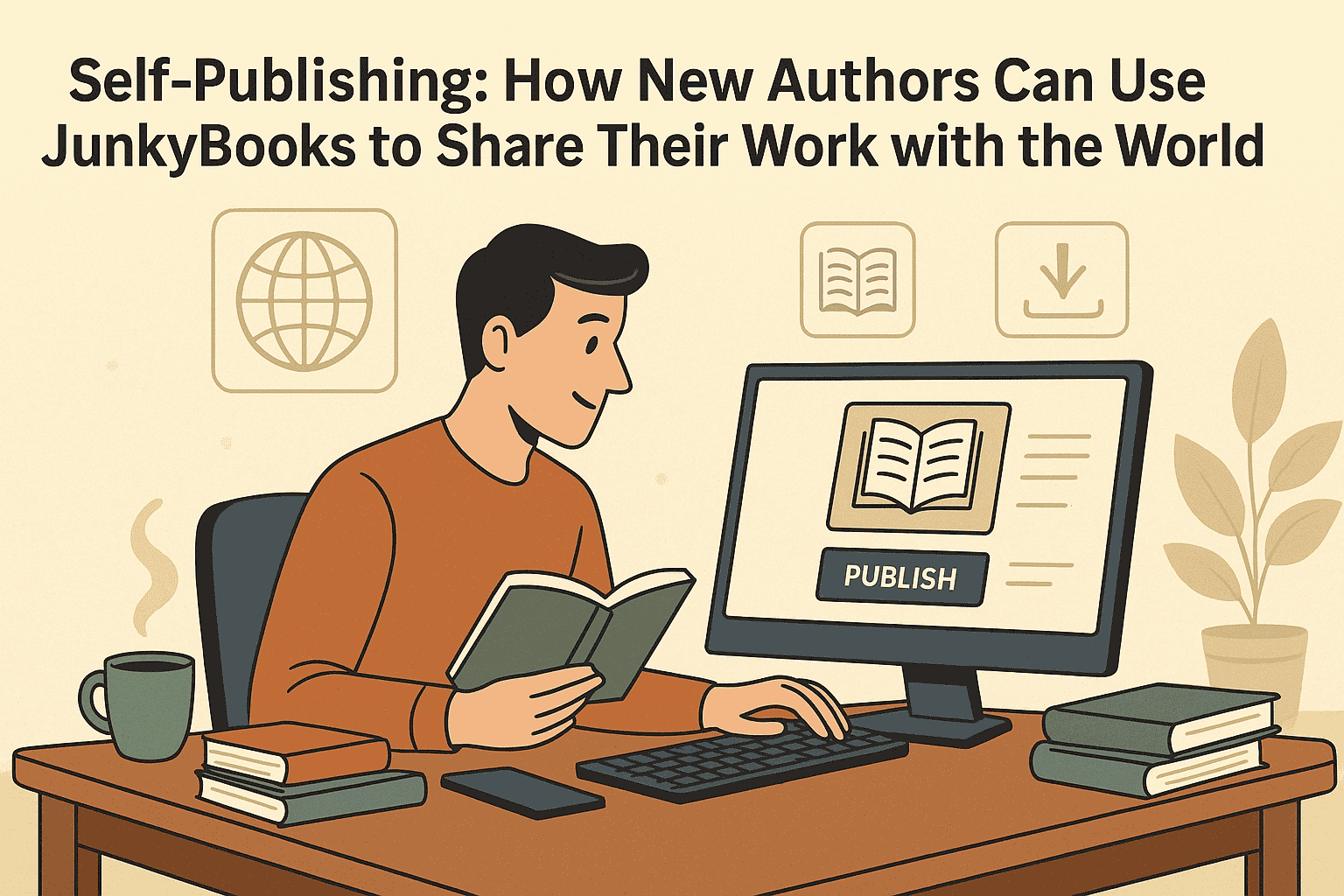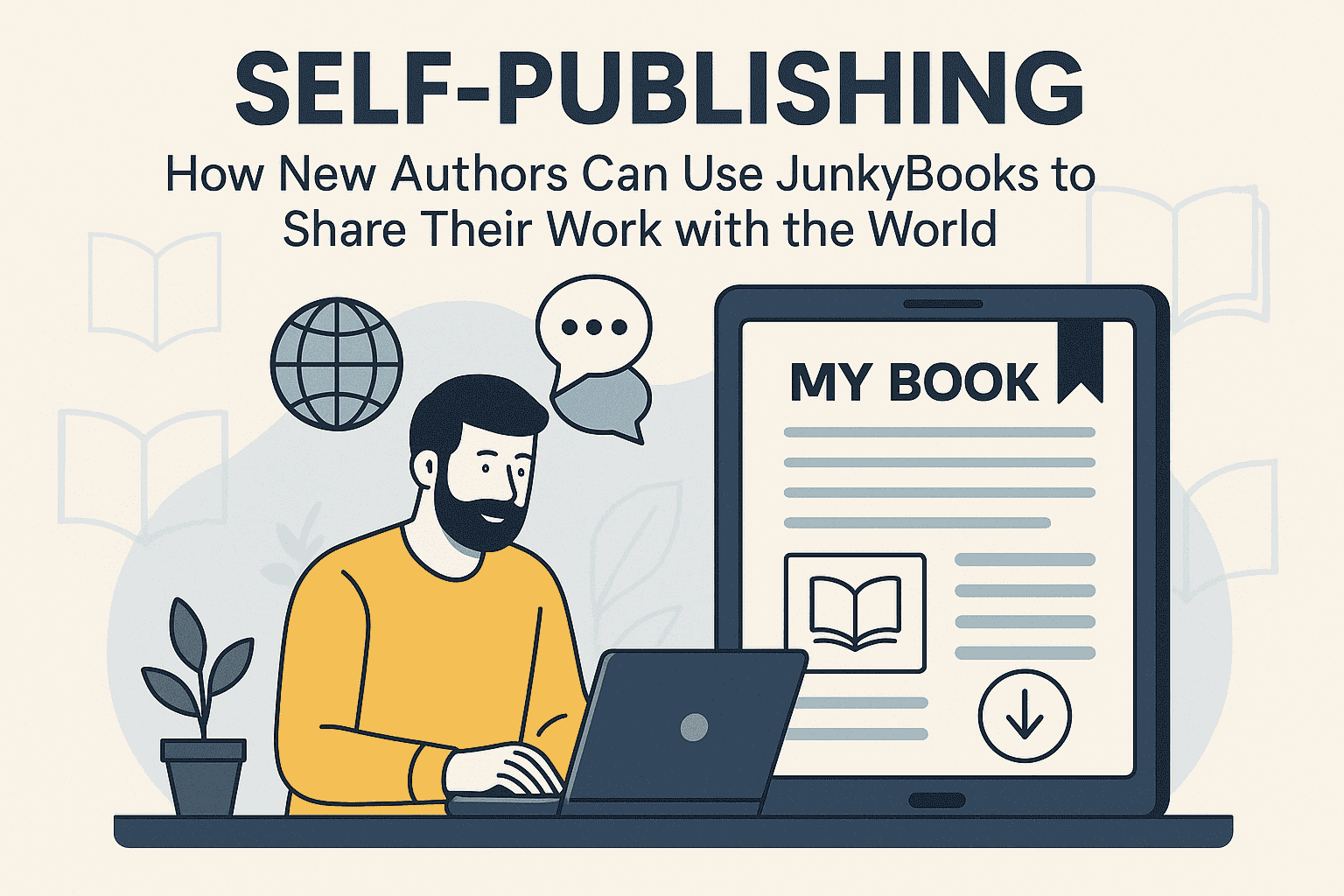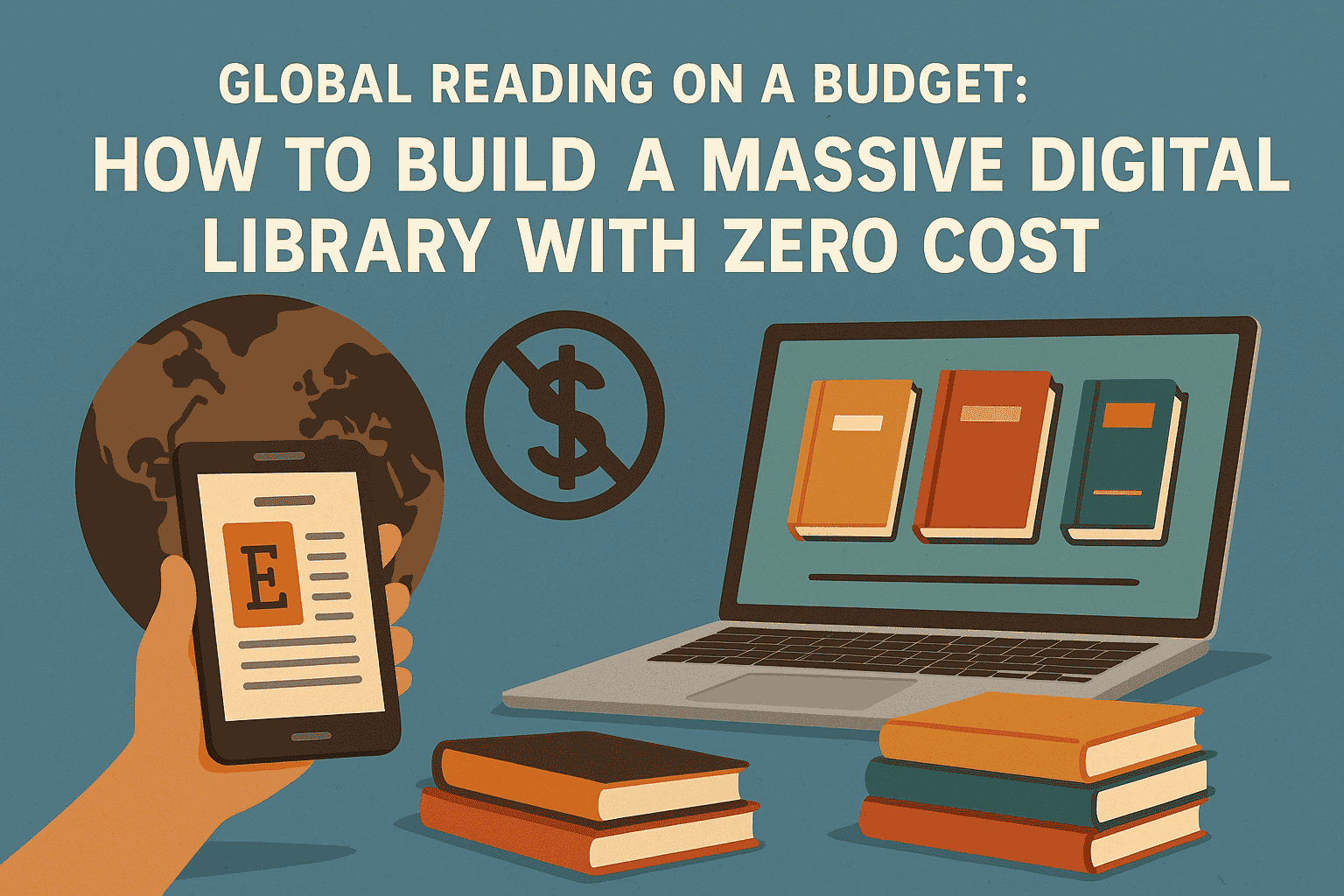Traditional vs. Self-Publishing: Which One is Right for You?
In the evolving landscape of book publishing, aspiring authors now face a major decision long before their manuscript hits readers' hands: should you go the traditional publishing route or take control and self-publish? Each option comes with its own set of advantages, challenges, and financial implications. Understanding the key differences between the two will help you make the best decision for your book, your career goals, and your audience.
This guide breaks down the pros and cons of traditional publishing versus self-publishing, helping you determine which path is the right fit for your writing journey.
What Is Traditional Publishing?
Traditional publishing refers to the process of submitting your manuscript to a publishing house, either directly or through a literary agent, in the hopes of securing a book deal. If accepted, the publisher takes over many aspects of the publishing process, including editing, design, marketing, and distribution.
Traditional publishers are typically split into:
-
Big Five publishers (Penguin Random House, HarperCollins, Macmillan, Simon & Schuster, and Hachette)
-
Independent presses (smaller, often genre-specific)
-
Academic and niche publishers
What Is Self-Publishing?
Self-publishing means you act as your own publisher. You manage the editing, design, formatting, distribution, and marketing — or hire freelancers to do it for you. You maintain full control and rights to your work.
Thanks to platforms like Amazon Kindle Direct Publishing (KDP), IngramSpark, and Draft2Digital, self-publishing has become an increasingly popular and legitimate option. It’s especially attractive to authors who value speed, control, and higher royalty rates.
Key Differences Between Traditional and Self-Publishing
1. Creative Control
Traditional Publishing: The publisher typically has the final say over your book’s title, cover design, editorial changes, and sometimes even content. You may be required to accept significant edits or changes to fit market trends.
Self-Publishing: You’re in full control. You choose your cover, title, formatting, and release date. While this freedom is empowering, it also means the burden of quality control falls entirely on you.
Verdict: If you want full creative freedom, self-publishing is the way to go. If you're open to collaboration and trust industry professionals, traditional publishing may offer refinement.
2. Costs and Earnings
Traditional Publishing: The publisher covers all upfront costs: editing, design, printing, and marketing. In return, you’ll earn royalties — typically 5–15% on print books and around 25% on eBooks. You may also receive an advance on royalties (usually recouped from book sales).
Self-Publishing: You’ll cover all costs upfront — including editing, cover design, and formatting. However, you retain a much higher percentage of royalties (often 60–70% on eBooks through platforms like KDP).
Verdict: If you're comfortable investing your own money with the hope of a bigger long-term return, self-publishing is appealing. If you’d prefer to avoid financial risk and receive an advance, traditional publishing offers stability.
3. Distribution and Reach
Traditional Publishing: Books published traditionally are often stocked in brick-and-mortar bookstores, libraries, and reviewed by prestigious literary outlets. Traditional publishers have established relationships with retailers, making your book more widely available in physical locations.
Self-Publishing: While self-published books can be sold globally online (especially on Amazon), getting into physical bookstores is more difficult. That said, distribution tools like IngramSpark allow authors to offer their books to major retailers.
Verdict: Traditional publishing still holds the upper hand in bookstore presence. But self-publishers can reach global audiences via digital channels and print-on-demand services.
4. Time to Publish
Traditional Publishing: The process is long and unpredictable. After querying agents or publishers, it can take months (or years) to secure a deal, followed by 12–24 months before your book hits shelves.
Self-Publishing: You can publish a book in as little as a few weeks. Once your manuscript is ready, uploading and publishing on digital platforms is fast and efficient.
Verdict: If speed is essential — for example, if you’re writing a timely nonfiction book — self-publishing gives you agility. Traditional publishing is a marathon, not a sprint.
5. Marketing and Promotion
Traditional Publishing: Many authors assume publishers handle all marketing, but that’s often not the case — especially for new or mid-list authors. You’ll still be expected to promote your book via social media, interviews, and events.
Self-Publishing: You’re the marketing team. You’ll need to learn how to build an author platform, run ads, and manage a launch campaign. However, you have the freedom to experiment and scale your efforts based on what works.
Verdict: Both paths require authors to actively market their books. Traditional publishers may offer initial exposure and credibility, but self-published authors who build a solid platform can outperform traditionally published counterparts.
6. Rights and Ownership
Traditional Publishing: You typically sign over rights (sometimes including foreign, audio, and film rights) to the publisher. This limits what you can do with your book after publication.
Self-Publishing: You retain all rights. You can sell, license, and repackage your content however you wish.
Verdict: If retaining full control over your intellectual property is important to you, self-publishing is the clear winner.
Who Should Choose Traditional Publishing?
You might prefer traditional publishing if:
-
You value literary prestige and validation from industry professionals
-
You want help with editing, design, and distribution
-
You’d like your book to be reviewed by major media outlets
-
You’re willing to wait and play the long game
-
You want bookstore presence and institutional credibility
Traditional publishing can be particularly beneficial for authors writing literary fiction, academic texts, or books intended for awards and critical acclaim.
Who Should Choose Self-Publishing?
Self-publishing might be right for you if:
-
You want full creative control over your book
-
You’re writing in a niche or emerging genre
-
You want to publish quickly
-
You have an entrepreneurial mindset and are comfortable with marketing
-
You’re writing a book to support a business, course, or personal brand
It’s especially ideal for indie authors, entrepreneurs, genre fiction writers, and anyone aiming for speed, profit, and independence.
The Hybrid Approach: Best of Both Worlds?
Some authors are now choosing a hybrid model — self-publishing some works while traditionally publishing others. For example, you might publish a business book through a traditional press for credibility, while self-publishing a follow-up workbook for your own audience.
You can also start with self-publishing and later land a traditional deal if your book gains traction. Publishers increasingly scout successful self-published books.
Questions to Ask Yourself Before Choosing
-
What are your goals? Prestige, profit, speed, or control?
-
How much time and money are you willing to invest?
-
Do you want a long writing career, or is this a one-time project?
-
Do you have an existing audience or platform?
-
Are you comfortable wearing multiple hats — writer, marketer, designer?
The clearer your goals, the easier it will be to choose your publishing path.
Conclusion
There’s no one-size-fits-all answer to traditional vs. self-publishing — it comes down to your goals, resources, and the kind of experience you want as an author. In 2025, both paths offer unique opportunities and challenges. The good news is that you have options, and whichever route you choose, there’s never been a better time to share your work with the world.
Whether you’re chasing a dream book deal or building your author brand independently, the most important step is to start writing — and then take the leap toward publishing your story.

